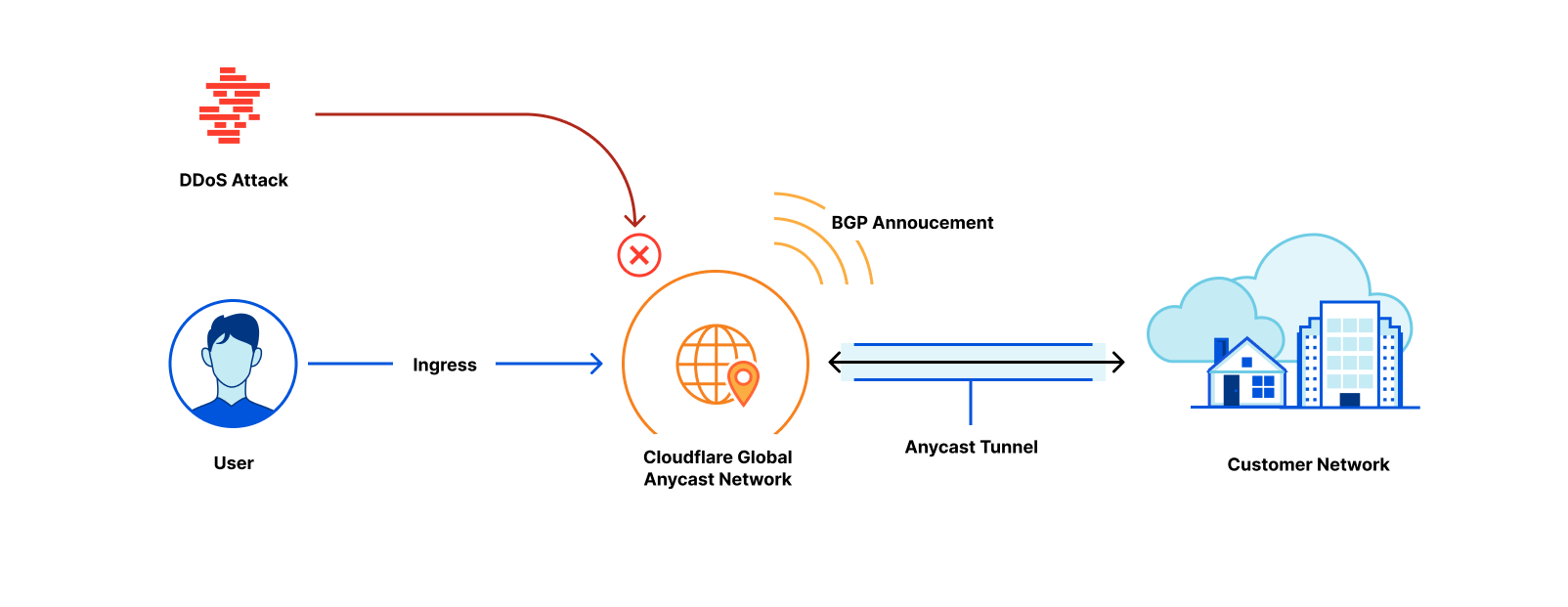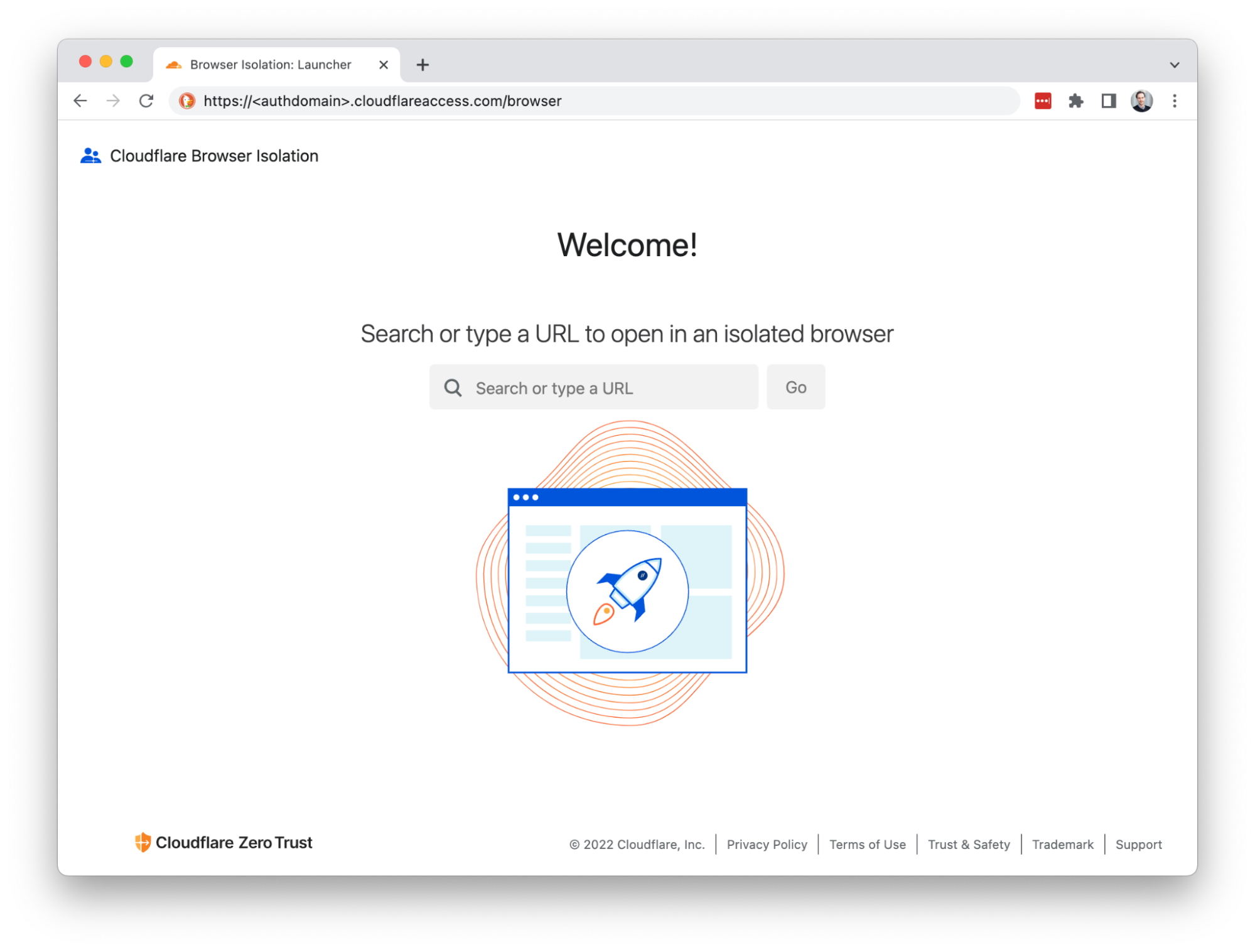Evolving Machine Learning to stop mobile bots


When we launched Bot Management three years ago, we started with the first version of our ML detection model. We used common bot user agents to train our model to identify bad bots. This model, ML1, was able to detect whether a request is a bot or a human request purely by using the request’s attributes. After this, we introduced a set of heuristics that we could use to quickly and confidently filter out the lowest hanging fruit of unwanted traffic. We have multiple heuristic types and hundreds of specific rules based on certain attributes of the request, many of which are very hard to spoof. But machine learning is a very important part of our bot management toolset.

We started with a static model because we were starting from scratch, and we were able to experiment quickly with aggregated HTTP analytics metadata. After we launched the model, we quickly gathered feedback from early bot management customers to identify where we performed well but also how we could improve. We saw attackers getting smart, and so we generated a new set of model features. Our heuristics were able to accurately identify various types of bad bots giving us much better Continue reading














